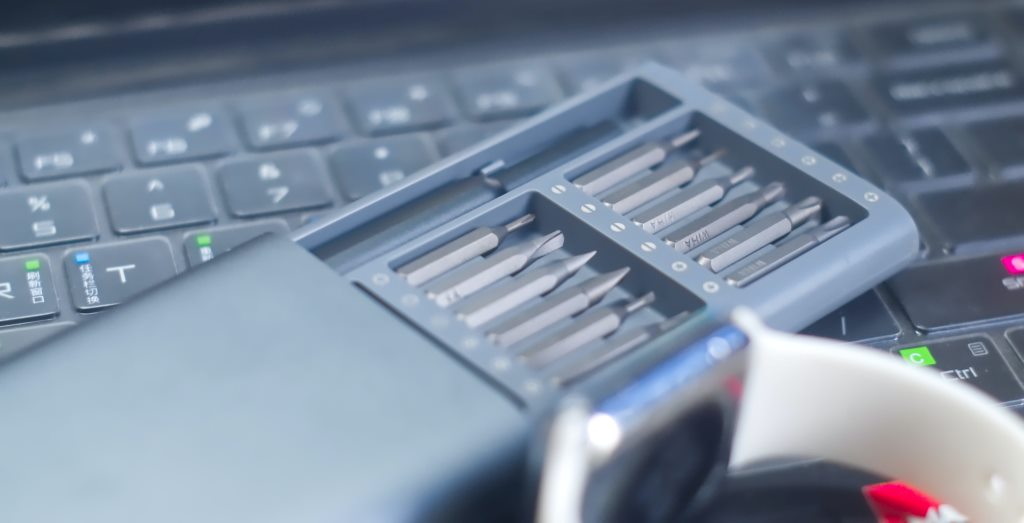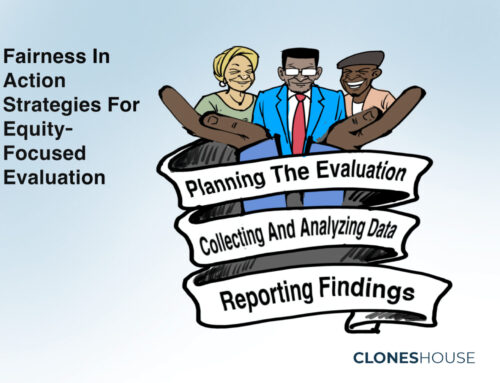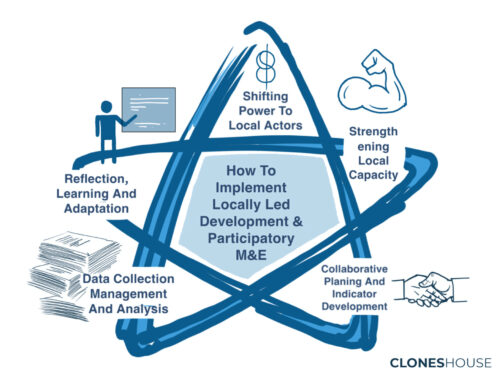There are computer assisted tools that allow you to create questionnaires (data collection), create validation protocols, code respondent entries, conduct analysis in real time, and present your findings. As internet penetration deepens, and mobile phones are becoming ubiquitous, processing quantitative and qualitative data is becoming seamless, and less rigorous. Find below in the table, some of the tools we have used in our various consulting works with partners. At the same time we have provided short courses on the best use of these tools. Looking for technology tools that can be used in processing qualitative and quantitative data? You can find them here Click To Tweet Even though these tools allow for easy processing, there are still some precautions that needs to be taken by humans to allow for a reliable processing of data. Some we have highlighted below:
| Tools | URL | Available offline | Available online | Accepts Mobile phone Response | Process Quantitative Data | Process Qualitative Data | Useful for data collection |
| Google Forms | https://www.google.com/forms/about/ | No | Yes | Yes | Yes | No | Yes |
| Survey Monkey | https://www.surveymonkey.com/ | No | Yes | Yes | Yes | No | Yes |
| KoboToolBox | https://www.kobotoolbox.org/ | Yes | Yes | Yes | Yes | No | Yes |
| SPSS | https://www.ibm.com/products/spss-statistics | Yes | No | No | Yes | No | No |
| MAXQDA | https://www.maxqda.com/ | Yes | No | No | Yes | Yes | No |
| Dedoose | https://www.dedoose.com/ | Yes | Yes | No | No | Yes | No |
| Delve | https://delvetool.com/ | No | Yes | No | No | Yes | No |
For Qualitative data:
Make sure data collectors edit and complete notes immediately in the field or as close to the time of data collection as possible. This means they will need a place they can write rich notes on a timely basis. Have tapes transcribed to provide a written version of what was said in the interview. Make sure data collectors take notes on non-verbal aspects of the interview, such as: gestures, silences, any sense of discomfort, facial expressions, clothing worn, the setting, etc. Even when an interview has been entirely transcribed there may be times where what was said does not make sense or its full meaning cannot be appreciated without the other non-verbal data. Start to develop your approach to data analysis in order to make sure that you are collecting the data you need.
For Quantitative data:
Review data collection forms in the field, make sure they are complete and legible. Do this when the data collector could still return to the data source to complete or correct anything that is needed (without violating confidentiality/anonymity agreements) Make sure missing data are coded separately and consistently so that you don’t mistake a missing response for an answer. Code missing data as “9” or “99”.Code not applicable data as “8” or “88” Despite your best efforts, there will always be some missing data. Be careful not to confuse these numbers as “real data”. Separate them out before making any calculations. And always report the percentage of missing data for each indicator. Make sure the rules for coding data are very clear and check that each data collector knows them well If coding questions arise during data collection, make sure all decisions are recorded, dated, and known to the data collectors.





Thank you for this packages. They are timely to our practice
Very relevant insight. Thank you this came at the right time.
This is very insightful
Thank you so much for such an informative article.
You’re welcome, Sarah.
Great Job ! Thanks.